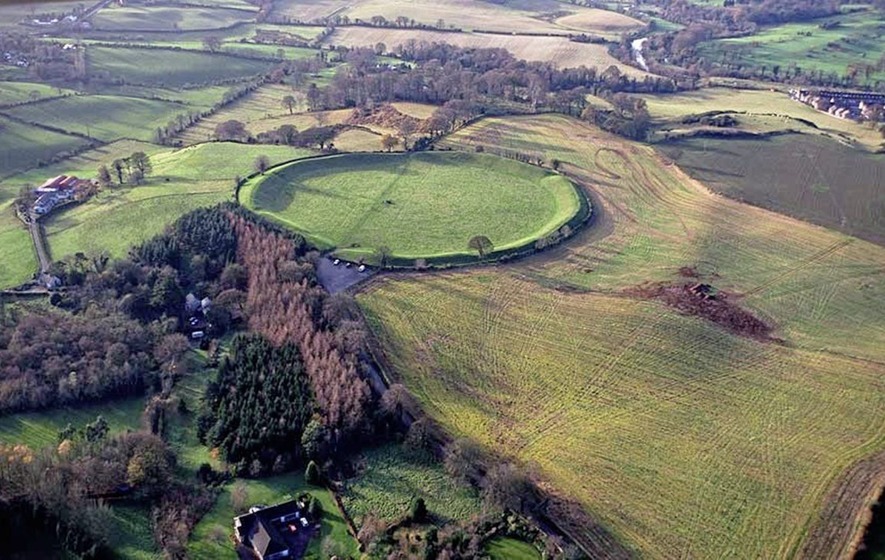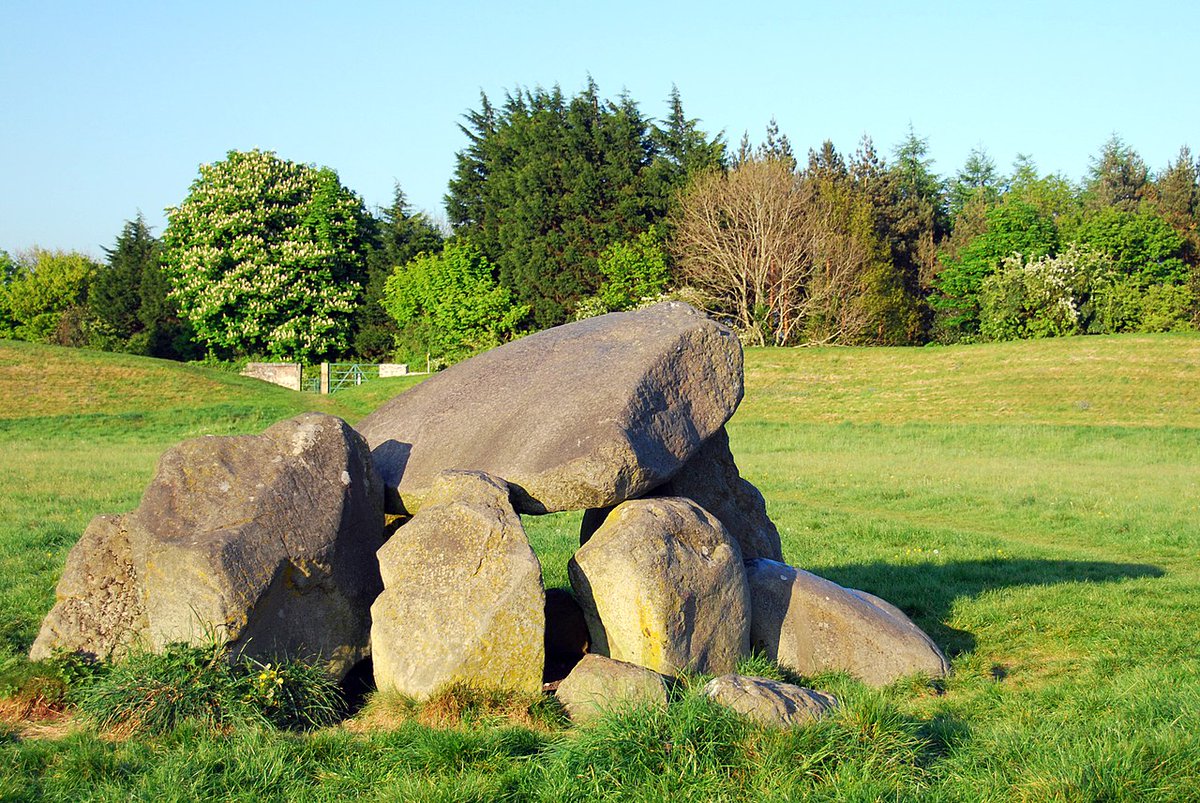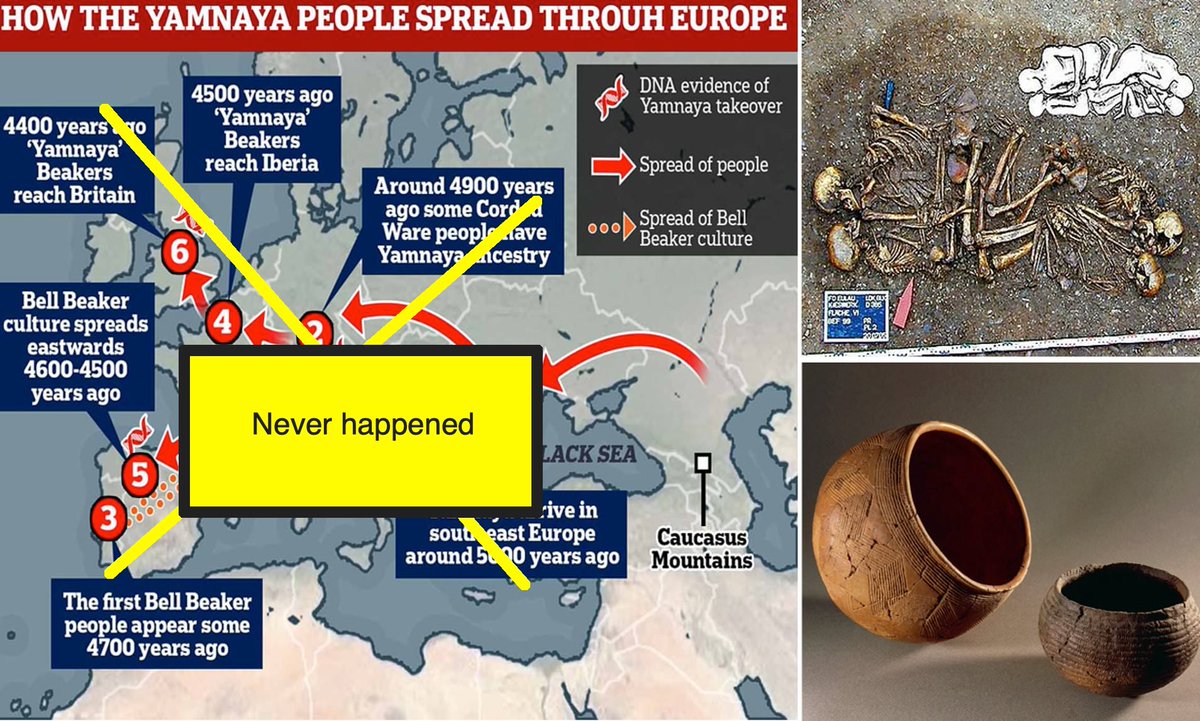
Thread: This is the so called Giant's Ring, a late Neolithic henge monument at Ballynahatty, near Shaw's Bridge, Belfast, Northern Ireland... 

Inside the enclosure, east of the centre, is a small passage tomb with an entrance passage facing west... 

A genetic data obtained from the female remains found inside the tomb, and dated to (3343–3020 cal. BC) shows "predominant ancestry from early farmers" and "haplotypic affinity with modern southern Mediterranean populations such as Sardinians"
Also "she shares higher levels of genetic drift with Early and MN samples from Spain rather than those from Germany...and arguing for the possible passage of farming to Ireland via a southern coastal route rather than via the migrations through central Europe"
From ncbi.nlm.nih.gov/pmc/articles/P…
Now this is pointing at the neolithic people (first farmers) migrating (slowly migrating, moving) from Anatolia, via Balkans, along North Mediterranean coast (Sicily, Sardinia), via Spain, and onto Ireland
Now this is pointing at the neolithic people (first farmers) migrating (slowly migrating, moving) from Anatolia, via Balkans, along North Mediterranean coast (Sicily, Sardinia), via Spain, and onto Ireland
Following undoubtedly, the Neolithic seafaring trading routes that we know existed between Balkans and Iberia (via Sicily) used for trading Sicilian amber, Sardinian obsidian, Lipari obsidian...Greek pottery... oldeuropeanculture.blogspot.com/2020/07/neolit…
As we can see, the route then continued further up to Ireland...The same maritime trading/migration route the Irish Annals talk about as the route taken by the many Invaders of Ireland...I talk about it in this thread
https://twitter.com/serbiaireland/status/1319673747029241856
• • •
Missing some Tweet in this thread? You can try to
force a refresh












